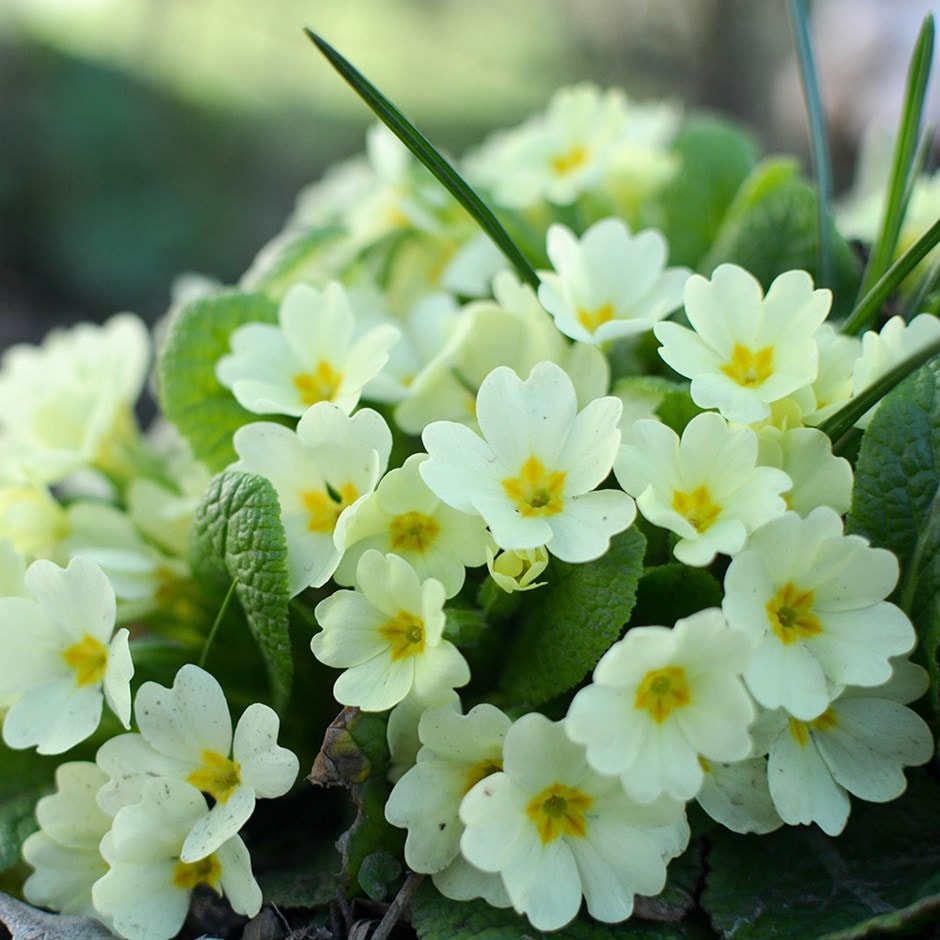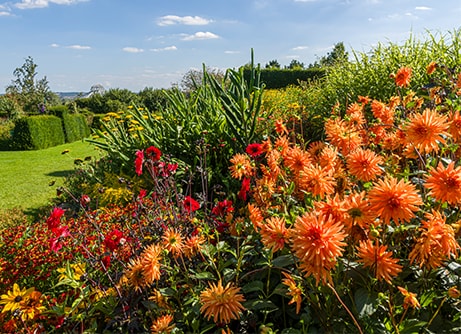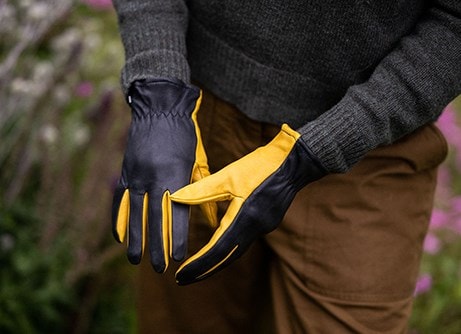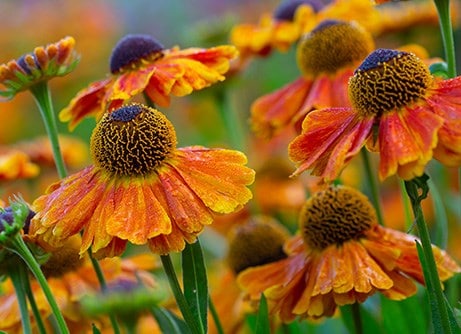
Our native primrose is held in deep affection, partly because it's one of the first spring flowers. From early March to May clusters of pale lemon, often fragrant flowers with centres the colour of egg yolk, appear among rosettes of large, deeply-veined, bright-green leaves. Primroses look especially lovely in a woodland garden or along a shady bank, and are suitable for most shady garden sites. Plant them en masse and allow them to naturalise as they would in the wild, among ferns and other woodland plants.
How to care for Primula vulgaris:
Generally, problem-free but do ensure that the ground remains moist, especially where the plant is growing in full sun. Divide large clumps after the plant has flowered, preferably during a wet spell.
Sowing instructions:
Sow on the surface of good seed compost and gently firm them in before watering. Place in a cold frame and transplant individually into small pots when large enough to handle. Keep moist but not wet and grow on in a cool environment before hardening off and planting out in the garden.
Flowering period:
- Jan
- Feb
- Mar
- Apr
- May
- Jun
- Jul
- Aug
- Sep
- Oct
- Nov
- Dec
Eventual height:
0.2m
Eventual spread:
0.35m
Position:
Light shade
Rate of growth:
Fast-growing
Soil:
Moderately fertile, moist, well-drained soil
Hardiness:
Fully hardy
-
This perennial is semi-evergreen so it can lose some of its leaves in winter. In colder regions or more exposed gardens, it may lose them all, but then fresh new growth appears again in spring.
Product options

9cm pot
was £7.99
now £5.59
In stock
(shipped within 2-3 working days)
(shipped within 2-3 working days)

3 × 9cm pots
was £18.99
now £13.29
£4.43 each
In stock
(shipped within 2-3 working days)
(shipped within 2-3 working days)

approx 30 seeds
£2.99
In stock
(shipped within 2-3 working days)
(shipped within 2-3 working days)
1
Delivery options (pick your preferred option at checkout)
Standard Delivery£5.99
Named Day Delivery£10.99








